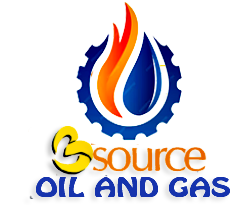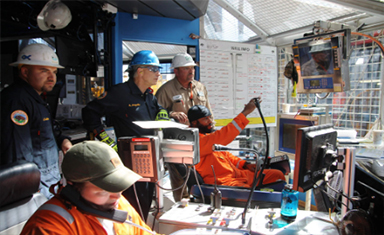Revolutionizing the Oil and Gas Industry: Harnessing Cutting-Edge Technology
Introduction
In the oil and gas industry, where precision, safety, and efficiency are paramount, embracing the latest technology is not just an option but a necessity. The sector has always been at the forefront of innovation, constantly evolving to meet global energy demands. This article delves into how the oil and gas industry is leveraging the latest technological advancements to enhance exploration, extraction, safety protocols, and environmental sustainability.
1. Advanced Data Analytics and Artificial Intelligence
The oil and gas industry is generating vast amounts of data daily, from drilling reports to seismic surveys. Advanced data analytics and artificial intelligence (AI) algorithms are now being employed to process this data in real-time. AI-driven predictive analytics help in forecasting equipment failures, optimizing drilling operations, and enhancing reservoir modeling. These technologies empower companies to make data-driven decisions, improving operational efficiency and reducing downtime.
2. Internet of Things (IoT) and Sensors
IoT devices and sensors have revolutionized the monitoring and maintenance of equipment in the oil and gas sector. These connected devices provide real-time data on the performance and health of machinery, pipelines, and drilling equipment. By tracking variables such as temperature, pressure, and vibration, companies can detect anomalies promptly, enabling predictive maintenance and minimizing the risk of accidents and costly breakdowns.
3. Robotics and Drones
Drones and robotic systems have found significant applications in the oil and gas industry. Drones equipped with high-resolution cameras and sensors are used for aerial surveys, pipeline inspections, and environmental monitoring. Underwater drones, or remotely operated vehicles (ROVs), are employed for inspecting subsea structures and pipelines. Robotics streamline dangerous tasks, improve accuracy, and enhance overall safety protocols.
4. Digital Twins and Simulation
Digital twin technology creates virtual replicas of physical assets, allowing for simulations, monitoring, and predictive analysis. In the oil and gas industry, digital twins are used to simulate drilling scenarios, predict equipment behavior, and optimize reservoir management. This technology enables engineers and operators to visualize real-time data, test various strategies, and make informed decisions, ultimately improving operational efficiency and reducing costs.
5. Blockchain for Supply Chain Management
Blockchain technology is transforming supply chain management in the oil and gas sector. By providing a transparent, tamper-proof ledger, blockchain enhances the traceability of oil and gas products from the extraction site to the end consumer. This ensures the authenticity of transactions, mitigates fraud, and fosters trust among stakeholders. Additionally, smart contracts powered by blockchain automate and secure various processes, reducing administrative complexities.
The oil and gas industry’s embrace of cutting-edge technology is reshaping the sector in profound ways. From predictive analytics and IoT devices to drones, robotics, digital twins, and blockchain, these innovations are enhancing efficiency, ensuring safety, and promoting environmental sustainability. As these technologies continue to advance, the industry is poised for a future where operations are not only more streamlined but also more environmentally responsible, contributing to a sustainable energy landscape for generations to come.

